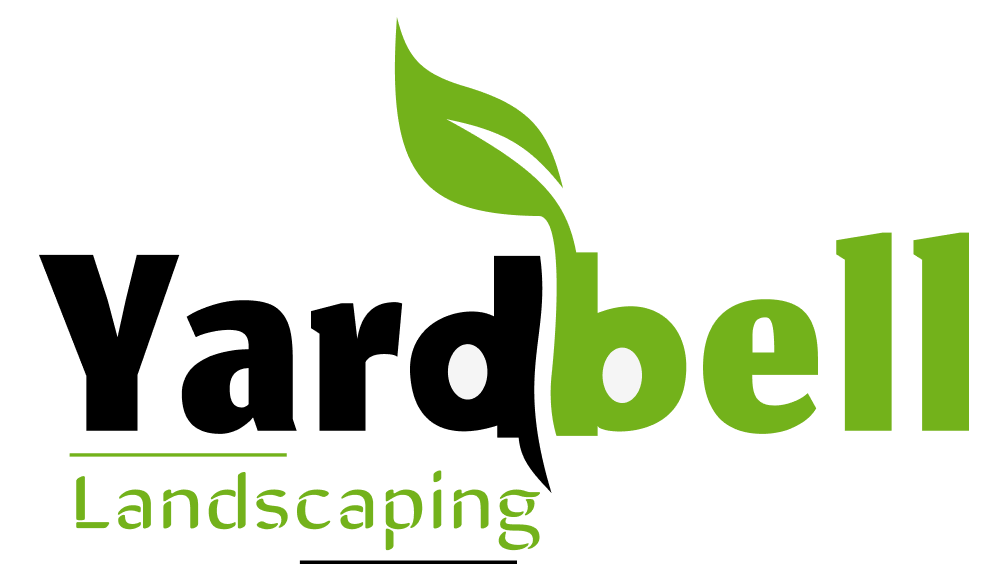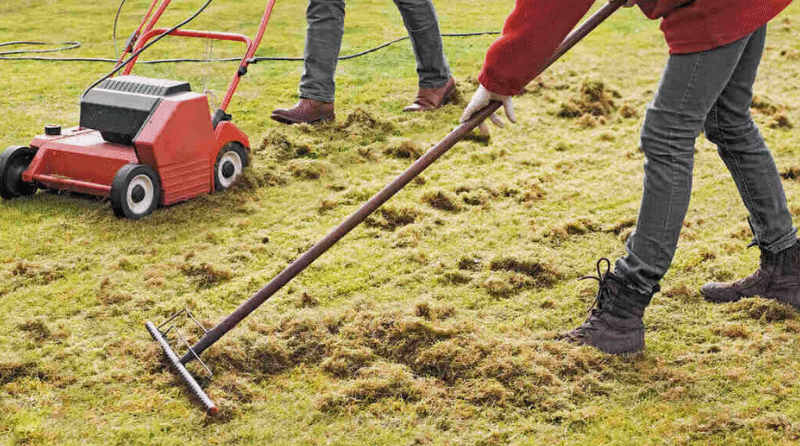When and How to Dethatch Your Lawn for Better Grass Health
A thick thatch layer can smother your grass and block water, nutrients, and air from reaching the roots. That’s why dethatching—the process of removing excess organic buildup—is essential for maintaining a healthy, green lawn. Whether you’re wondering when to dethatch lawn or looking for the best dethatcher for lawn, this guide will walk you through everything you need to know.
What Is Dethatching?
Dethatching is the removal of a dense layer of dead grass, roots, and debris that sits between the soil and your lawn’s surface. This layer, known as thatch, can prevent water and nutrients from reaching the roots. Using tools like a lawn dethatcher or electric rake for lawns, you can restore airflow and promote healthy grass growth.
Why Dethatching Is Important
An overly thick thatch layer—usually over ¾ inch—can lead to:
- Water runoff and poor soil drainage
- Increased risk of disease and pests
- Shallow root systems
- Weak, patchy grass
Pairing dethatching with services like Core Aeration and Overseeding and Fertilization can greatly boost lawn recovery and density.
When to Dethatch Your Lawn
- Cool-season grasses: Early spring or early fall is best.
- Warm-season grasses: Late spring to early summer, after the first mow.
Avoid dethatching in extreme heat or drought, as it can stress the lawn.
How to Dethatch Your Lawn
- Choose your tool: Use a manual dethatcher, grass dethatcher, or a power rake.
- Prep your lawn: Mow slightly shorter than usual.
- Rake in multiple directions: This helps loosen and remove more thatch.
- Cleanup: Remove dislodged thatch and dispose of it properly.
- Follow-up: Apply seed or fertilizer and water thoroughly.
Dethatching works best on slightly moist soil—not too dry or wet.
After Dethatching: What’s Next?
After dethatching, your lawn will be more receptive to other treatments. It’s a perfect time to:
- Aerate using our lawn aeration service
- Reseed patchy areas
- Fertilize for nutrient recovery
- Schedule Lawn Mowing & Trimming for continued upkeep
FAQs
1.What is the best tool for dethatching a lawn?
A power dethatcher is best for large areas. For small lawns, a manual grass dethatcher rake or bow rake may work fine.
2.How do I know if my lawn needs dethatching?
If the thatch layer is more than ¾ inch thick or feels spongy, it’s time to dethatch.
3.Is dethatching safe for new lawns?
No, avoid dethatching new lawns until the root system is well-established (typically 2–3 years).
4.Should I dethatch or aerate first?
Dethatch first. Then follow up with core aeration to improve soil compaction and enhance results.


